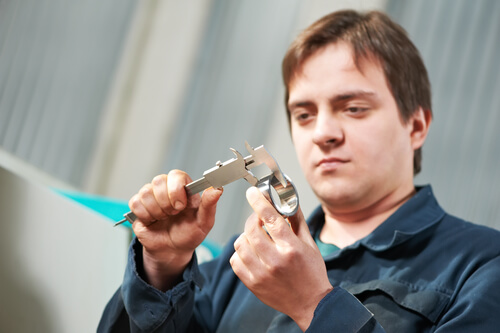Here, we will take a look at the concept of measurements at a high precision level. If you have a career in metrology, precision measurement is already an everyday part of your life. By nature, the world of measurements is complex. That said, the following will be a rather simplistic view of the principles of measurement, how it works, important factors in measuring, and how tools should be correctly used for measuring.
For a most fundamental measurement understanding, there are three all-important terms that are frequently used incorrectly, confused as having the same meaning, and that get mixed up – but which should be aptly understood – resolution, precision, and accuracy.





